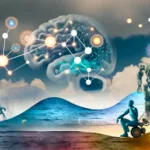As we navigate through the digital era, artificial intelligence has been increasingly integrated into our daily lives. ChatGPT, developed by OpenAI, is a stellar example of this integration. Now, the popular question is “Can Canvas Detect ChatGPT Use“?
However, this AI model has also raised concerns about its potential misuse, particularly in educational settings. The question at hand is – can Canvas, a widely used learning management system, detect the use of ChatGPT? This blog post delves into this pressing query and provides insight into preventing Artificial Intelligence misuse in an educational context.
What is Canvas

Canvas possesses the capability to identify instances of cheating and plagiarism, although this capability varies depending on the specific features and tools employed. By default, Canvas does not include a built-in plagiarism detection system. However, the integration of a third-party service provider can enable plagiarism detection within the Canvas platform.
Furthermore, during online tests, Canvas has the ability to lock a user’s browser to prevent cheating. There is also an inherent checker tool in Canvas that can potentially identify instances of copy-pasting from Word documents.
Moreover, academic institutions might incorporate plagiarism detection tools directly into the Canvas system. Instructors can utilize Unicheck to examine submitted assignments for plagiarism within the Canvas interface.
Does Canvas Have Built-in Detection for ChatGPT?
To address the question head-on, Canvas, does not possess any built-in features that can specifically detect the use of ChatGPT. However, Canvas can be integrated with third-party plugins designed to analyze text for characteristics typical of AI-generated content.
These plugins operate by scrutinizing the syntax, sentence structures, and patterns unique to AI-generated text. However, it’s essential to note that these plugins are not infallible.
They can sometimes flag false positives, meaning they might identify human-written text as AI-generated. Moreover, as AI models like ChatGPT are continually evolving, the efficacy of these plugins could potentially diminish over time.
How Canvas Detect ChatGPT: Problems and Methods

Understanding the Context
Canvas is usually used for written chats between teachers and students. ChatGPT can use context to make replies that make sense. This makes it hard to tell it apart from real people. We need good methods to spot ChatGPT.
Analyzing Behavior
One way to find ChatGPT on Canvas could be by looking at how it behaves. We can look at how quickly it responds, how long the messages are, and how it uses words and grammar. But as AI gets better, ChatGPT might get better at pretending to be human.
Using Machine Learning
Machine learning can help spot ChatGPT on Canvas. We can teach machines to recognize AI-made responses by showing them lots of examples. But we need to keep updating these machines so they can keep up with new AI technology.
Canvas Detect ChatGPT: What It Means to Identify
Keeping Things Fair
Canvas is very important for schools all over the world. It helps with remote learning and group work. If someone used ChatGPT on Canvas in a bad way, it wouldn’t be fair to students. By spotting and stopping this, we can make sure everyone is treated equally.
User Experience
Being able to spot ChatGPT on Canvas is important for the people who use it. Teachers and students expect real interactions. If Canvas can’t spot ChatGPT, users might get frustrated and stop trusting the platform.
Improving Canvas Detect ChatGPT
Working Together
OpenAI, which made ChatGPT, and Canvas could work together to get better at spotting ChatGPT. By sharing information, they can make better ways to spot AI-made responses. This could make Canvas better at making sure everything is fair and that users have a good experience.
Always Improving
As AI gets better, Canvas needs to keep getting better at spotting it. By always looking at new AI models and updates from OpenAI, Canvas can stay ahead of AI chatbots. By putting time and money into research and development, Canvas can get better at spotting ChatGPT.
Thinking About Ethics
Spotting ChatGPT on Canvas makes us think about how we use AI technology. We need to find a balance between spotting AI chatbots and keeping people’s data private. This is important for creating a learning environment that is fair and trusted.
Examples of Measures to Prevent ChatGPT Misuse
Given these factors, educators and institutions must employ additional measures to ensure the integrity of online assessments. Here are some strategies that could be effective:
- Proctoring Tools: Tools that monitor students’ computer activity during exams can identify suspicious behaviors, such as rapid typing or switching between tabs, which might indicate ChatGPT use.
- Plagiarism Detection Tools: While ChatGPT-generated text isn’t technically plagiarized, some plagiarism detection tools might be configured to spot patterns consistent with AI-generated content.
- Clear Communication: Clearly communicate the academic integrity policy to students, emphasizing that using ChatGPT or similar AI tools in exams constitutes cheating.
- Vigilance: Watch out for answers that seem “too perfect” or a sudden change in a student’s writing style, as these could indicate AI usage.
These strategies, combined with the judicious use of third-party plugins, can help discourage students from resorting to AI tools like ChatGPT during assessments.
What Can Teachers See on Canvas?
Teachers have access to several features and data on Canvas to effectively monitor student activity and evaluate learning progress. Specifically, regarding Canvas quizzes and exams, teachers can observe the following:
- Student Performance: Teachers can access comprehensive reports that provide insights into student performance. These reports include details on the number of correct and incorrect answers, grade distribution, and individual student performance on specific questions. Such information helps teachers identify areas where students excel and areas that require further attention.
- Student Behavior: Canvas records and tracks various student activities during quizzes and exams, including keystrokes, mouse clicks, and time spent on each question. This data allows teachers to detect potential instances of cheating or technical difficulties that might have impacted a student’s performance.
- Answer Analysis: Canvas offers detailed analysis reports that highlight the accuracy of student responses for each question. Instructors can identify which questions were answered correctly or incorrectly, as well as the most commonly selected answers. This analysis helps teachers evaluate the effectiveness of their exam questions and make necessary adjustments to their teaching strategies.
- Access Logs: Canvas maintains logs that record when students access quizzes or exams and the duration they spend on each question. Teachers can use this information to identify students who may have started the exam late or took an unusually long time to complete it.
Open AI Tools to Detect ChatGPT Output
Several tools have been developed by universities and research institutions to detect output from ChatGPT and similar language models.
These tools aim to assist instructors in identifying potential instances of plagiarism or identifying fake news produced by such models. Let’s explore some of these tools:
OpenAI GPT-2 Output Detector Demo
This tool is specifically designed to identify whether a given text sample has been generated by the GPT-2 language model. It accomplishes this by examining various aspects of the text, such as its structure, vocabulary, and syntax, and comparing them to known examples generated by GPT-2.
Instructors can integrate this tool into the Canvas platform, allowing them to detect instances where a student’s text submission appears to have been generated by the GPT-2 language model. By utilizing this tool, teachers can effectively identify potential cases of plagiarism or identify instances where language models have produced fake news.
Open AI Text Classifier
One such tool is the Open AI Text Classifier, which utilizes machine learning techniques to estimate the probability that a given piece of text was generated by AI, including ChatGPT.
Instructors can make use of this tool by copying and pasting the text they want to evaluate, which must have a minimum length of 1,000 characters.
The model then analyzes the text and assigns it one of five labels: Very unlikely, Unlikely, Unclear, Possibly, or Likely. Although the Open AI Text Classifier cannot be directly integrated with Canvas, teachers can still employ this tool by pasting the text into the AI Text Classifier interface to determine if it was generated by an AI system.
FAQs: Does Canvas Have ChatGPT Detection
-
Can Canvas Tell If You Use ChatGPT?
By default, Canvas does not possess built-in features to specifically detect ChatGPT. However, third-party plugins and tools can be integrated into Canvas to analyze text for characteristics typical of AI-generated content.
-
What measures does Canvas have to prevent cheating?
Canvas has features like plagiarism detection, browser locking during online tests, and built-in checkers to identify copy-pasting from external sources. Institutions can also incorporate plagiarism detection tools directly into the Canvas system.
-
How can teachers detect ChatGPT on Canvas?
Teachers can employ various methods, such as analyzing behavior (response time, message length, word usage), using machine learning to recognize AI-made responses, and relying on external tools specifically designed to identify ChatGPT-generated content.
-
Why is it important to detect ChatGPT on Canvas?
Detecting ChatGPT on Canvas ensures fairness among students and maintains the expectation of real interactions. It helps prevent misuse of AI technology and maintains user trust in the platform.
-
What are some additional measures to prevent ChatGPT misuse in education?
Implementing proctoring tools, using plagiarism detection tools, clear communication about academic integrity policies, and being vigilant for signs of AI usage can help prevent ChatGPT misuse during assessments.
Conclusion
The potential of Canvas to detect ChatGPT use is a multifaceted issue, heavily dependent on third-party plugins, vigilant educators, and robust academic integrity policies.
As AI technologies continue to evolve, it’s crucial for educational platforms to keep pace and implement sophisticated measures to ensure fair assessments.
After all, the use of AI tools like ChatGPT should foster creativity and learning rather than promote dishonesty. As we venture further into the AI-driven era, it’s our collective responsibility to guide these powerful tools towards positive, ethical uses and uphold the sanctity of education.
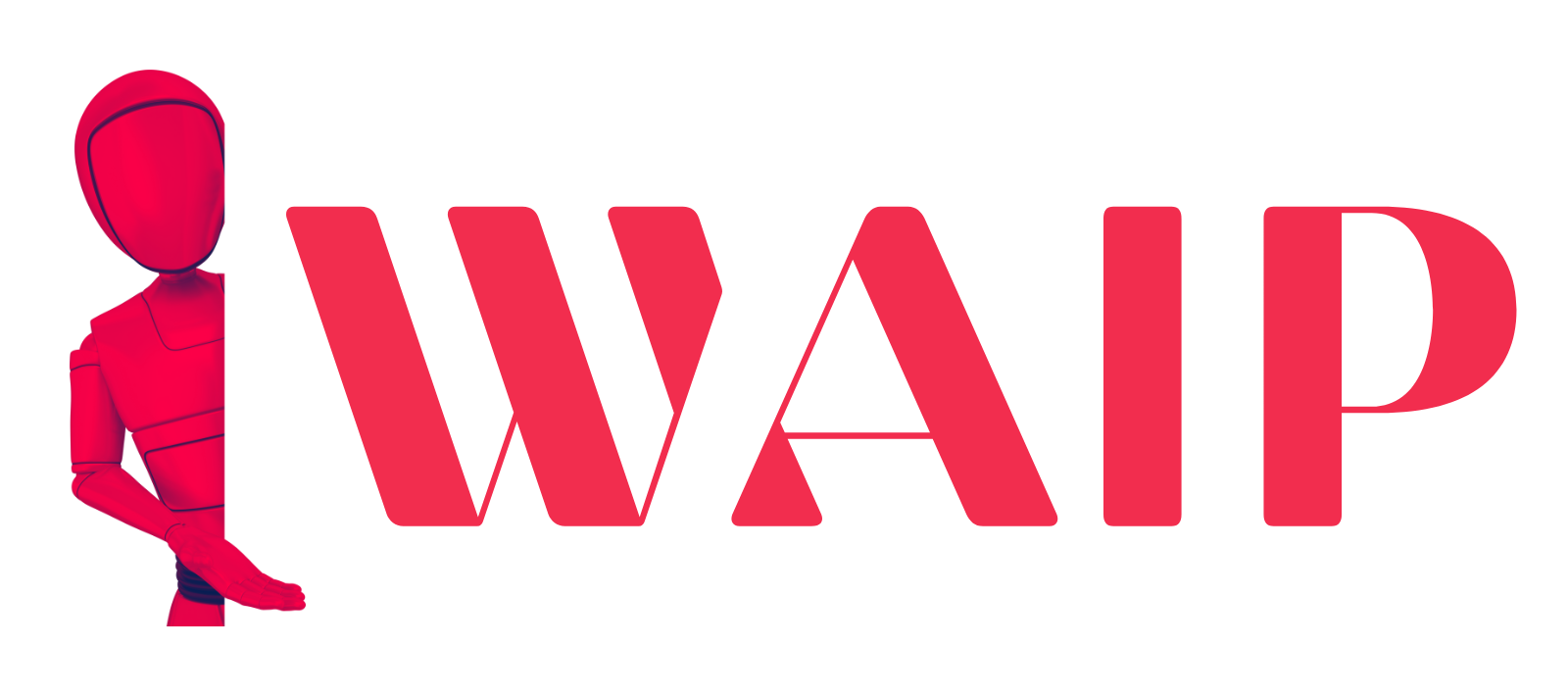
![Best Mobile Games Your Should Try in 2024 [Trending Now] 2 Best Mobile Games](https://wideaiprompts.com/wp-content/uploads/2024/03/Best-Mobile-Games-330x220.webp)
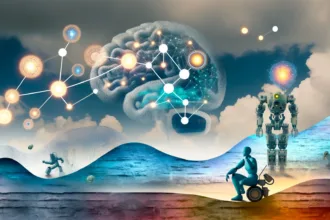
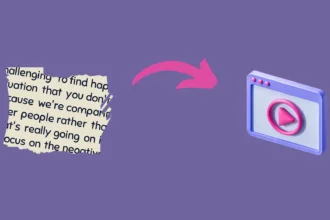
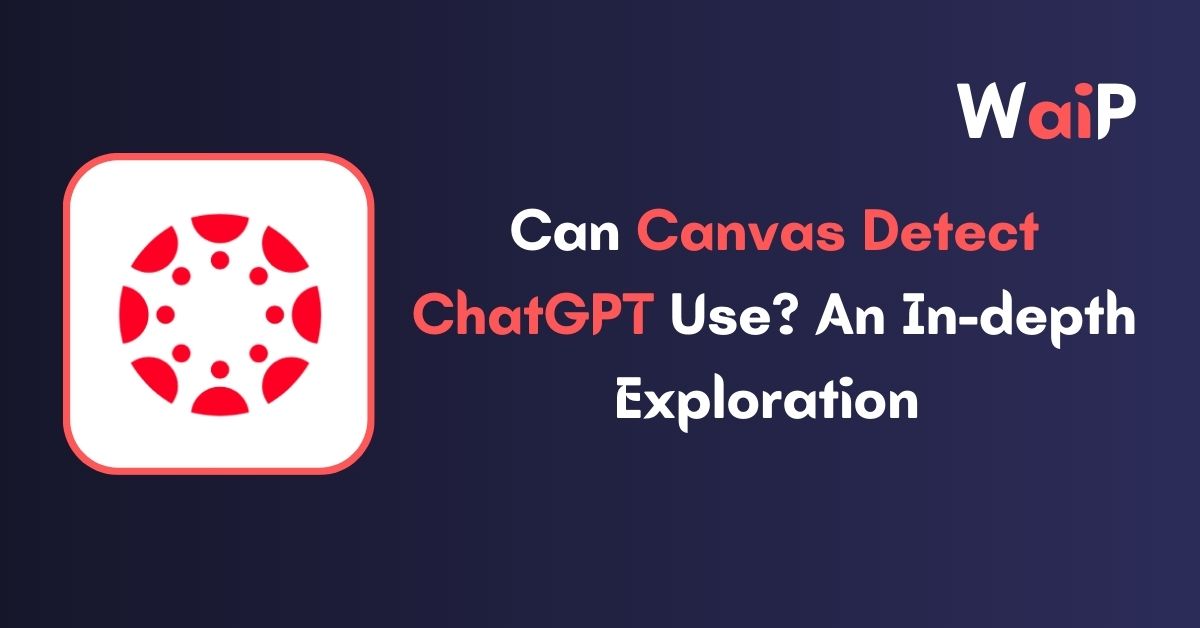
![Best Mobile Games Your Should Try in 2024 [Trending Now] 11 Best Mobile Games](https://wideaiprompts.com/wp-content/uploads/2024/03/Best-Mobile-Games-150x150.webp)
